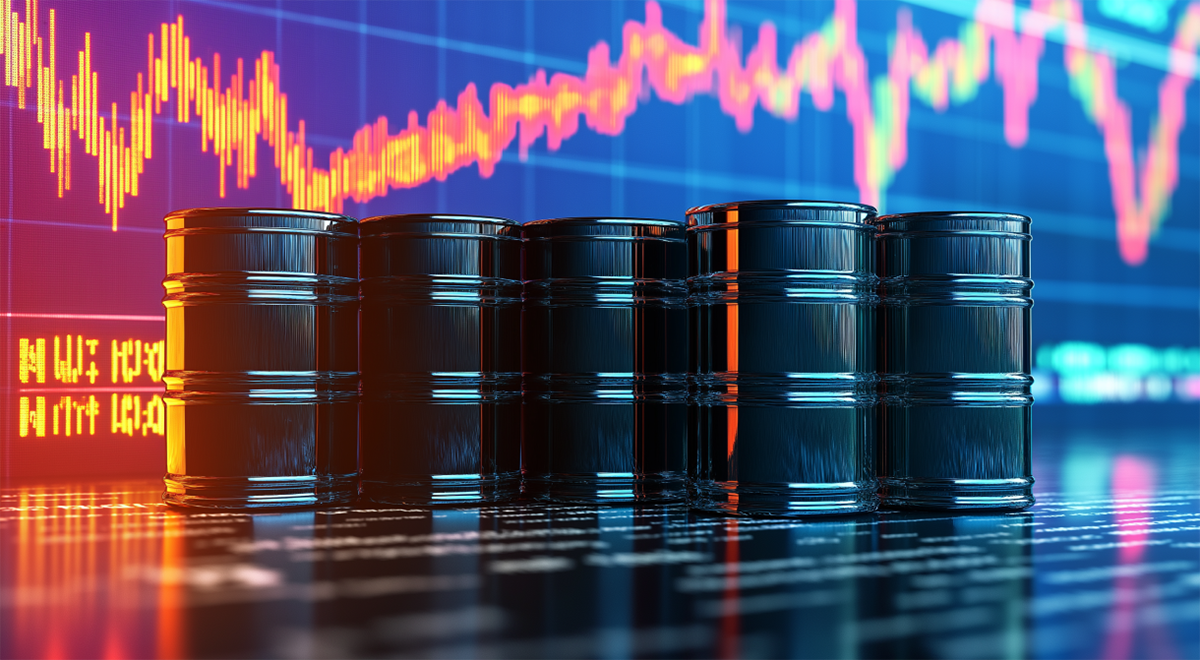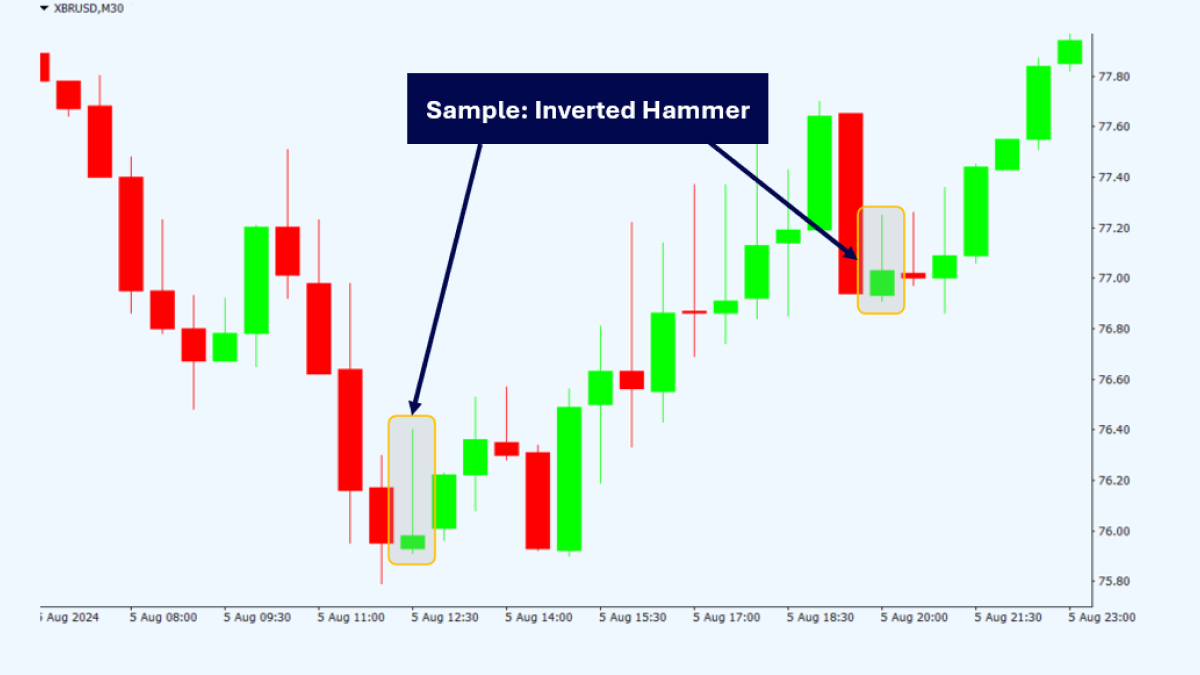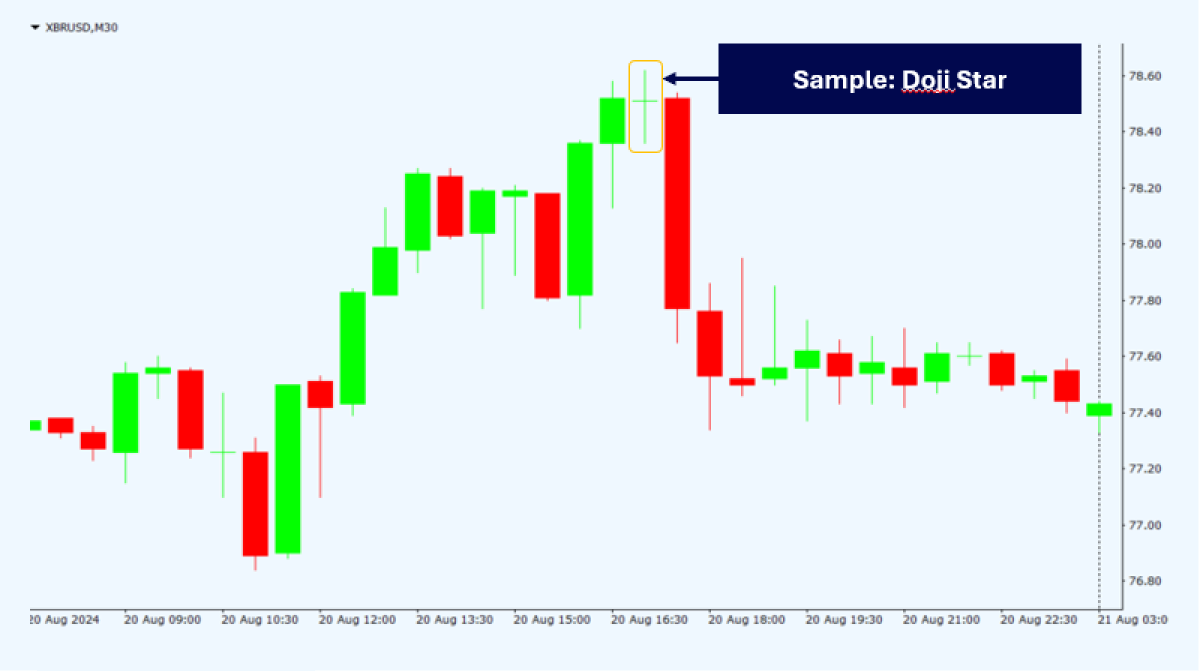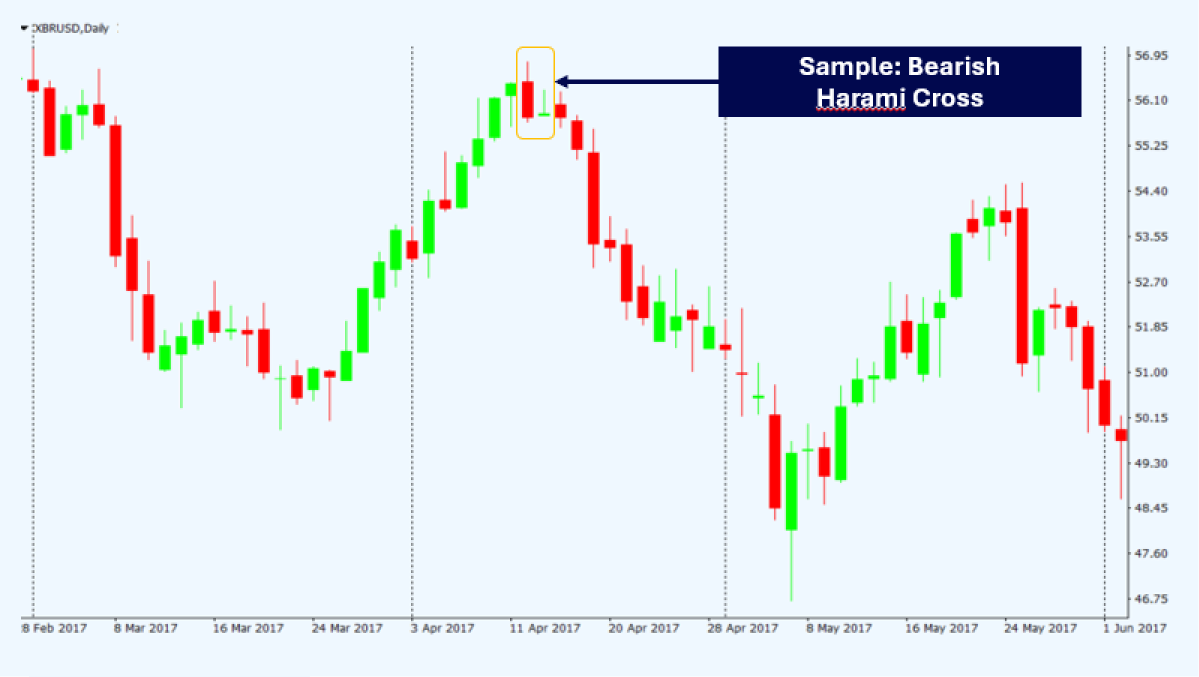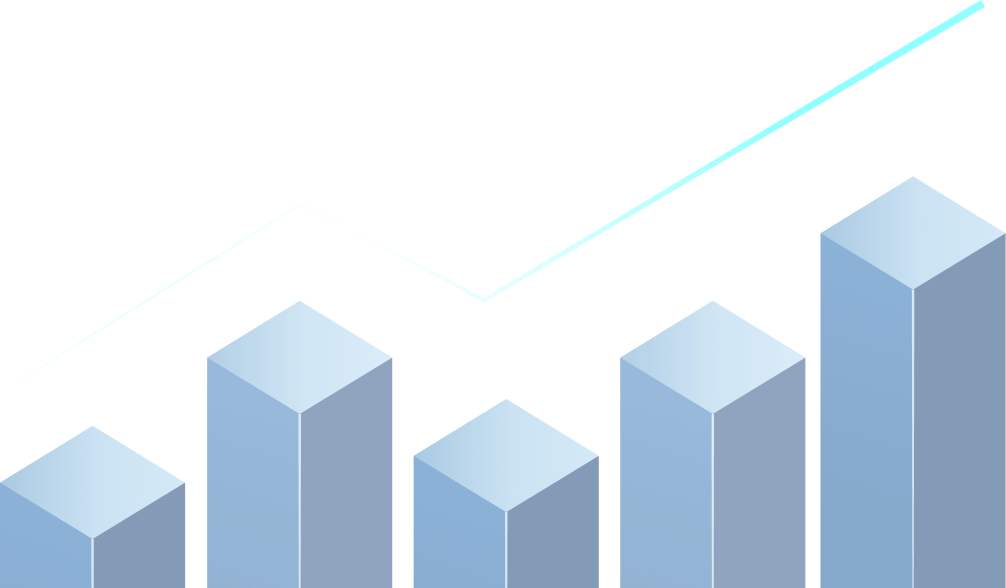
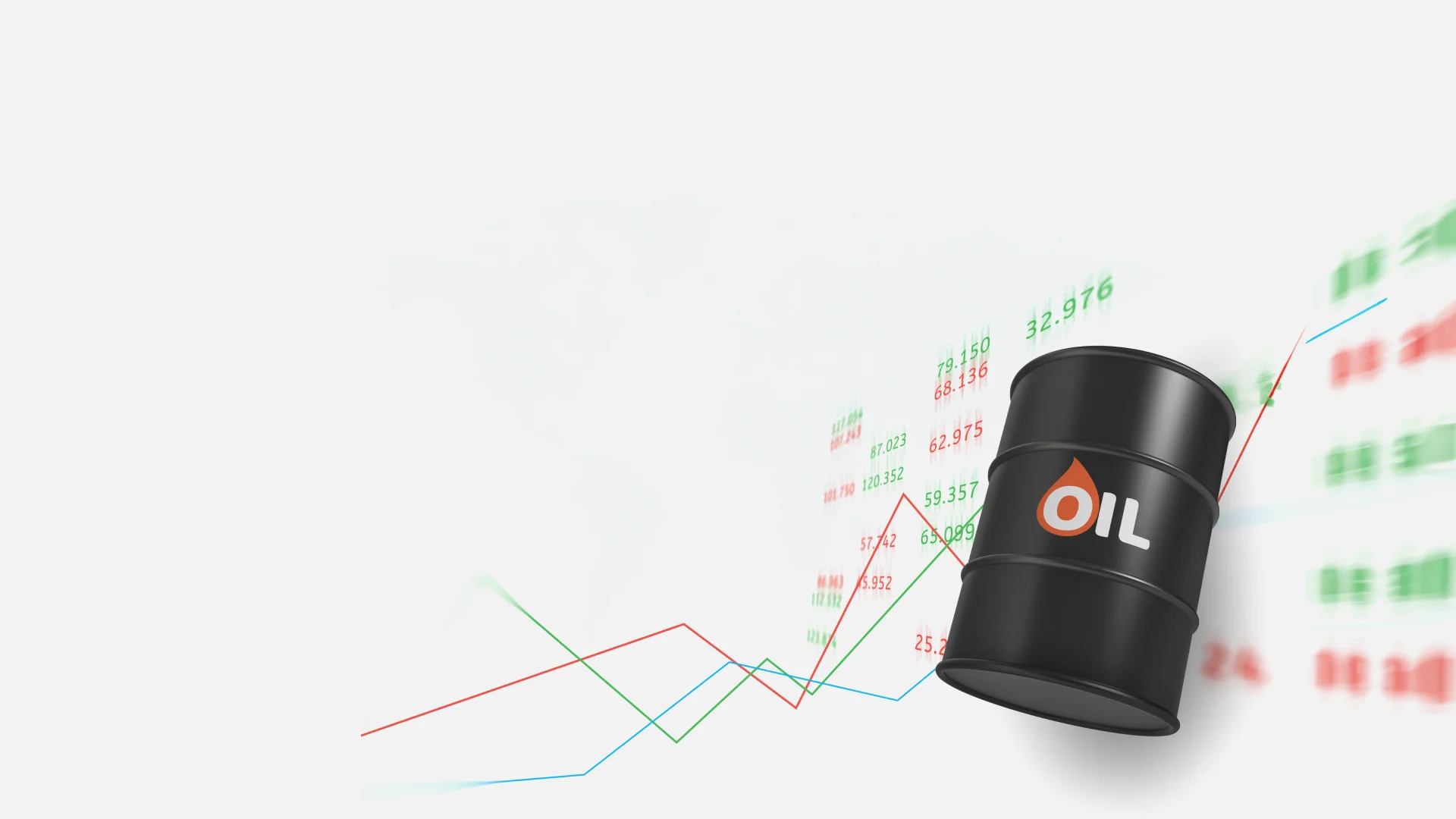
How to Trade Oil: A Beginner's Guide to Entering the Black Gold Market

What is Oil Trading? Understanding the Oil Market
Oil trading is big business. According to the USGS Mineral Commodity Summaries 2023 report and other sources, the crude oil market was worth 42.1 trillion in 2022. For comparison, the top ten metal markets, including gold, were worth $967 billion in the same period.
The popularity of oil trading is, in part, due to the global reliance on oil as a commodity. From fuel for vehicles and buildings to powering the energy industry, commercial transportation, and manufacturing, oil is integral to many parts of our lives.
The significance of oil makes it a valuable commodity. When a commodity is deemed valuable, it becomes a desirable trading instrument. That’s why popular oil trading exchanges, such as the New York Mercantile Exchange (NYMEX), are hives of activity.
You can tap into these markets by joining TMGM and downloading our oil trading platform. Before you do that, here are some factors that can affect the price of oil, which is what you’ll be speculating on when you’re trading in oil:
Supply and demand: if supply is low and demand is high, the price of oil increases. If there are plenty of barrels of oil in supply and demand is low, the price of crude oil decreases.
Geopolitical events: decisions made by world leaders, particularly from those in the G10 or OPEC Countries, can influence the price of oil. For example, if war breaks out in an OPEC country, oil production can be disrupted. This could decrease supply and drive up prices.
Economics: the financial state of countries can impact the price of oil. If a country has to reduce imports because its currency is weak and GDP is falling, that can decrease the demand for oil. That could cause the price of oil to drop.
Exploring Ways to Trade Oil
Oil trading, in simple terms, is the act of buying and selling lots of oil. A lot is equal to 1,000 barrels of oil. You probably don’t have the facilities necessary to store one barrel of oil, let alone 1,000 barrels, which is why crude oil trading involves price speculation.
This means you’re speculating on the price movements of oil in various ways rather than owning the underlying asset (i.e. owning barrels of oil). Some of the common securities used for oil trading are as follows:
Key Considerations Before You Start Trading Oil
Trading crude oil can be profitable, but it’s not without its risks. Your ultimate goal, other than making a profit, is to mitigate as much risk as possible. The only way to do this when you’re trading oil is a core set of principles you stick to.
The most important things you should do in the oil trading market are:
Have a plan that includes financial goals, loss limits, and strategies for different types of oil trading. For example, you might have a different strategy for CFD oil trading compared to oil-focused ETFs.
Timing matters when you’re trading oil. Ideally, you want the markets to be active because prices are more likely to move, which means you’ve got more chances to capitalise on long/short trades. Some of the best times to trade oil online are between 20:00 (UTC+8) and 13.30 (UTC+8) when the New York Mercantile Exchange (NYMEX) is open.
Learn to manage your money. You should never risk more than you can afford to lose. More specifically, trades should take into account the inherent risks of trading oil. Check out the next section for more on money management and its relationship with lot sizes.
Fundamental Oil Trading Strategies for Beginners
A concept you’ll see discussed a lot when you attend any oil and gas trading courses is lot sizing. As we’ve said, oil futures trading is based on lots (i.e. barrels of oil). Therefore, you need to understand the concept of lot size and how to calculate it if you’re going to trade oil online.
Why? Because lot sizes determine the amount a trade costs which, in turn, impacts your risk. Put simply, you need to choose a suitable lot size to avoid spending (i.e. risking) too much. We’re essentially talking about money management, which is one of the most important oil trading strategies you can master.
Based on this, you need to know how to calculate lot sizes when you’re using an online oil trading platform.
How to Calculate Lot Size in Oil Trading
The first thing to note is that stand lots are equal to 1,000 barrels of oil. However, it’s possible to buy and sell fractional lots with the best oil trading platform online. Fractional lots equate to fewer barrels, but they’re all based on the standard 1,000 barrels.
For example, a 0.1 lot is equal to 0.1 (i.e. 10%) of a standard lot. So, in real terms, a 0.1 lot is equal to 100 barrels of oil. Once you’ve chosen your lot size, you need to consider how many lots you want and the current price of crude oil.
EXAMPLE
Let’s say the price of oil is $50.
You want to trade 1 fractional lot.
The lot is 0.01, which means it’s equal to 0.01 (i.e. 1%) of a standard lot. In real terms, 1 lot equals 10 barrels of oil.
Based on these factors, the cost of opening a trade would be:
50 x 10 = $500
This cost is what you’d pay to open a trade without leverage. There are upsides and downsides to trading oil with leverage. The upside is that you only need to commit a percentage of the cost, technically known as the margin.
For example, 1:50 leverage means you’d need to put 1/50 = 0.02 (i.e. 2%) of the trade’s cost. So, in our scenario, trading oil with 50:1 leverage means it would cost $10 to enter the trade (2% of $500 = $10).
What these examples are designed to show is that lot size, price of oil, and leverage determine how much you need to open oil trades. You can’t control the price of crude oil, but you can manipulate lot size, how many lots you buy, and leverage. So, if you want to improve your chances of success, make sure you consider these variables.
In addition to the concept of money management in online oil trading, here are three more things to consider:
Long vs. Short Oil Trades
CFD oil trading gives you the ability to take long or short positions. This can be advantageous in a trading market like oil because prices can fluctuate significantly on a daily basis. Therefore, if you can be flexible and go long when you think prices will increase and short when prices look likely to drop, that’s useful.
Technical Indicators for Oil Trading
Our oil trading platform allows you to overlay technical indicators onto daily price charts. These indicators are designed to provide insights into market dynamics, i.e. market sentiment. Put another way, technical indicators can help you decide if prices are going to increase or decrease.
Some of the most popular technical indicators experts use when they’re trading in crude oil are:
Moving Averages (MA) – an indicator that looks at the average price over a specified period.
Moving Average Convergence Divergence (MACD) – this technical indicator subtracts the 26-day Exponential Moving Average (EMA) from the 12-day EMA to give you a MACD line. The 9-day EMA of the MACD is the signal line. If the signal line is positive, the market is bullish. If it’s negative, the market is bearish.
Relative Strength Index (RSI) – this indicator looks at price momentum over time to determine if the commodity (e.g. oil) is overbought or oversold. An overbought commodity means the price could be set to decrease because it’s overvalued and vice versa.
Chart Patterns Used in Crude Oil Trading
In addition to indicators, you can add charts to your oil trading screen. These charts reveal patterns that can tell you something about market sentiment. Some chart patterns you should learn about using the TMGM Trading Academy are:
Bullish Engulfing
A two-candle reversal pattern, where the second candle completely covers the first candle inside it.
Three Outside Up
Typically signals the end of a downtrend and a reversal. A bearish candle is followed by a bullish candle which completely covers the bearish one, followed by a third bullish candle, which projects the reversal. Essentially, the third candle acts to confirm the Bullish Engulfing pattern.
Inverted Hammer
Candlestick pattern that looks like an upside-down hammer, usually formed during downtrends and signals a reversal.
Doji Star
Doji, Japanese for “the same thing”, are candlesticks that have a similar open and close. Doji stars are a pattern where a doji forms above or below a trend, and can signal a reversal.
Harami Cross
A variant of the Harami pattern. Consists of a two-candle pattern within a trending market, where the second candle is a Doji which is completely enveloped within the first candlestick.
Discipline in Oil Trading
Oil trading, like all types of trading, involves risk. Results will swing both ways. You need to be prepared for this emotionally, mentally, and practically. There are ways to work on your mindset. Getting your mind in the right space can take time, but it includes working on things like basing decisions on data rather than emotion.
The practical part is easy when you use the best trading platform for crude oil. It’s easy because you can set stop-loss and take-profit limits. These orders automatically close trades based on predefined variables. That means your moves are being controlled by data rather than impulse.
Start Your Oil Trading Journey with Confidence Today
This guide provides a solid foundation, but don’t stop here. Use all the tools and resources at TMGM to familiarise yourself with the oil trading market before you start. Once you understand the basics of crude oil trading, download our trading platform and open an account.
Then, when you’re a verified customer, make a small deposit and enter the live oil trading markets. Start with the smallest lot sizes possible. This will give you a chance to get comfortable without risking all of your money. From there, you can gradually scale up and explore everything the markets have to offer.
Trade Smarter Today





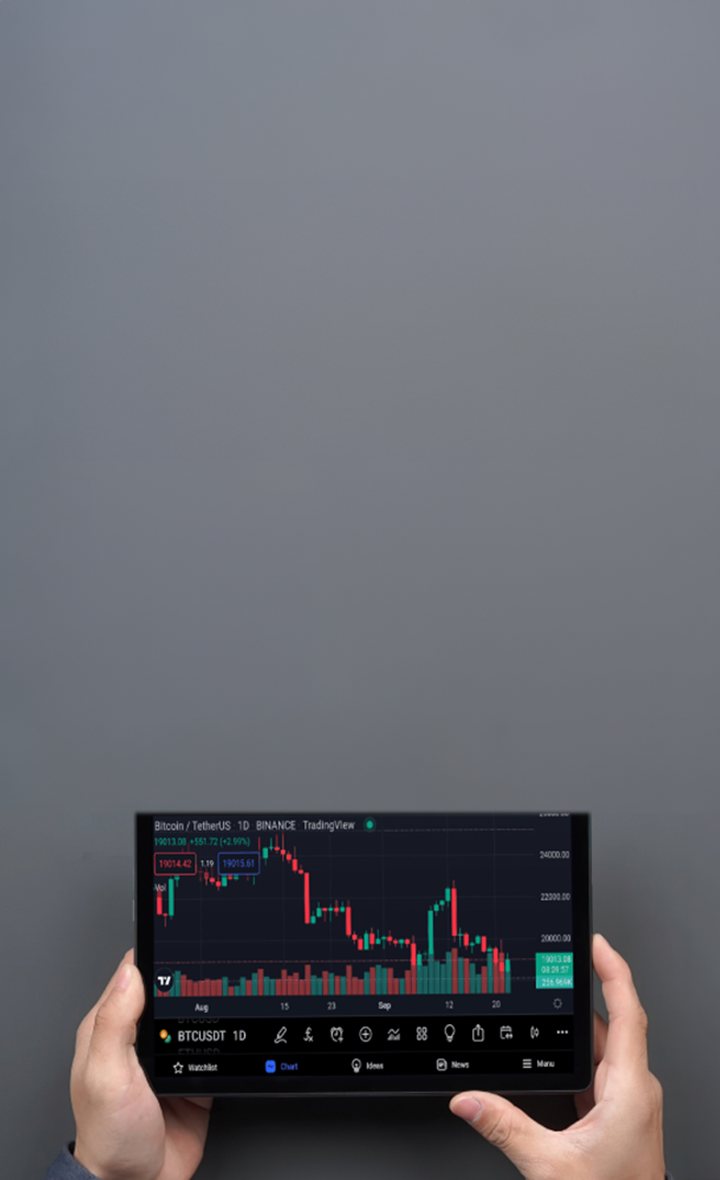
Account
Account
Instantly



